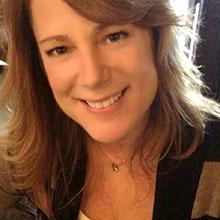Making Living Cells Easier To See
(Inside Science TV) -- All living things, large or small, plant or animal, are made up of cells. It's estimated that the human body houses more than 30 trillion cells. These cells are so small that they can only be seen through a microscope and even though they are magnified, sometimes it is still challenging to get a good look at them.
"The main obstacle in imaging cells, live cells, is that they're very transparent," said Gabriel Popescu, a physicist at the University of Illinois at Urbana-Champaign in Champaign.
This means the cells are mostly clear or see-through. So a dye is added to color the cells to make them more visible. The problem is that the dyes used to make the cells visible can also affect the cells' function or even kill them.
Now, a new imaging technique that requires no dyes or chemicals creates amazing 3-D views of living cells.
"We do that using visible light ... that does not damage the cells," explained Popescu.
The technique uses a conventional microscope and white light. Some of the light passes through a cell, and some if the light scatters. A computer then collects data from all the light and makes a 3-D image. Then, scientists can observe different structures within cells.
"We gain this very, very high sensitivity in terms of the cell structure," said Popescu.
The technology opens a window to the life of a cell without disturbing it. For example, it's being used to look at stem cells, which are so sensitive that only a chemical-free, non-invasive technique like this could be used without damaging the cells.
"The net result is a three dimensional view of a live cell as it lies in a dish without adding anything to disturb it," said Popescu.
Researchers believe this technique could provide better, earlier diagnoses of diseases and may be easy enough to use at home one day.

